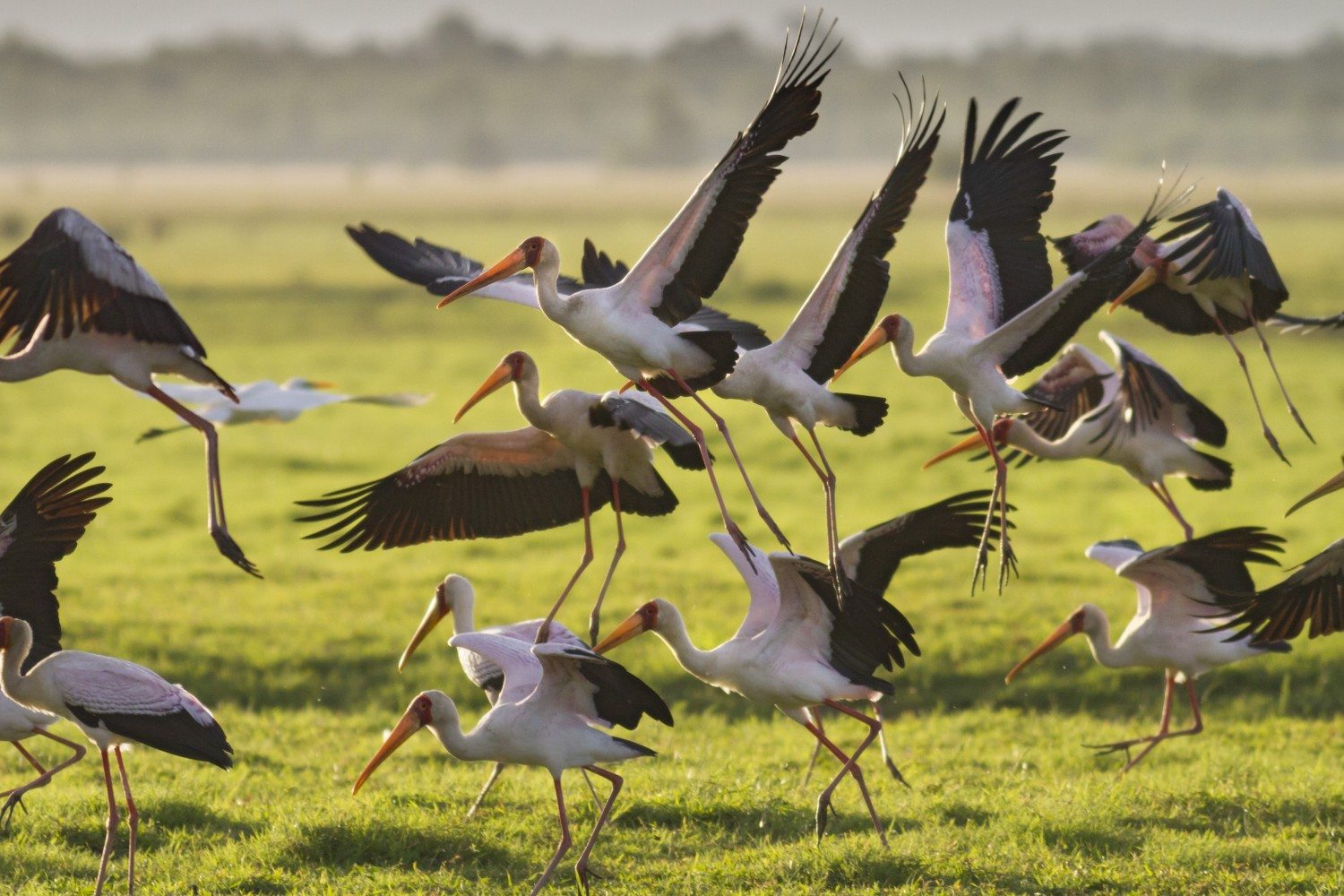Warning: Undefined array key "sharing_networks_networks_sorting" in /var/www/wp-content/plugins/monarch/monarch.php on line 3904
Warning: Trying to access array offset on value of type null in /var/www/wp-content/plugins/monarch/monarch.php on line 3904
NYU’s Skirball Center for the Performing Arts is continuing its National Geographic Live series with Gorongosa Reborn: A Cameraman’s Journal with award-winning cinematographer Bob Poole.
Poole’s film credits are expansive and include documentaries for PBS, NOVA, BBC and the Discovery networks. He has also spent over 20 years filming all over the world with National Geographic. His passionate involvement in wildlife conservation began during childhood and has been implemented throughout his entire career.
Poole grew up in East Africa where his father directed the Peace Corps and later the African Wildlife Foundation. His childhood and upbringing gave him an acute interest in the wide-ranging African wildlife.
“Growing up in East Africa during the 60 and 70’s was incredible,” explains Poole. “Back then, there was abundant wildlife, wild places and much of the indigenous human culture was intact. My parents loved nature and were always up for an adventure and so as a family we spent as much time as we could camping in the African bush.”
Poole began working with National Geographic at age 17, helping with a film crew on an elephant documentary. He would go on to work as cinematographer for their film, Coming of Age with Elephants, which was about his sister Dr. Joyce Poole, a renowned elephant zoologist.
During his journey with National Geographic, which involved numerous National Geographic Television films, Poole says that the wildlife in Mozambique was stifled. The nation’s 15-year civil war devastated the elephants in Gorongosa National Park, who were killed for their ivory tusks. Other species were also killed for money and supplies, leaving the populous at a fraction of what it was before. This caused Poole to shift his focus to Africa’s wildlife conservations:
“I worked in the most remote corners of Africa like Congo, Mali Sudan, Chad, and Gabon as well as places like Kenya and Tanzania. Then in 2008 I got my first assignment to Gorongosa to shoot a film for Nat Geo Wild called Africa’s Lost Eden which was about the restoration of the Park after it had been destroyed by war. I fell in love with Gorongosa because it reminded me so much of the wild Africa I grew up in, and I was amazed to see how quickly the wildlife returned with a little protection. I couldn’t get enough of it, and one project after another I managed to stay in the Park. In 2012 I started work on the PBS/National Geographic International series, Gorongosa Park: Rebirth of Paradise.”
During the National Geographic Live presentation, Poole will highlight Gorongosa Park and the efforts that are being made to restoring the livelihood of the its many animal species.
“Nature is so resilient. It is amazing to me how quickly wild places can recover from the damage we have caused if we give nature a chance,” explains Poole. “I was blown away how quickly the wildlife returned to Gorongosa, but it will take a long time for some species like lions and elephants to fully recover. I’d like people to consider how much harder it is to fix damaged ecosystems than to save them to begin with.”
For those who are interested in helping restore and preserve the park, Poole urges them to visit the park to support its staff internationally. But since traveling to the park is not possible for everyone, there are also numerous ways to get involved via Gorongosa’s website. You can donate to the staff/rangers, plant a tree or help with their restoration projects for lions and elephants. There is also a fun volunteer program called wildcamgorongosa.org. Scientists have set up cameras all over the park so when an animal steps in front of them, a photo is taken. The site allows volunteers to help the scientists identify the animals in the massive amount of photos that have been generated.
“It is good fun,” remarks Poole.
Visit here for more information on National Geographic Live and ticketing for the upcoming presentation with Poole.
-by Johanna Silver





